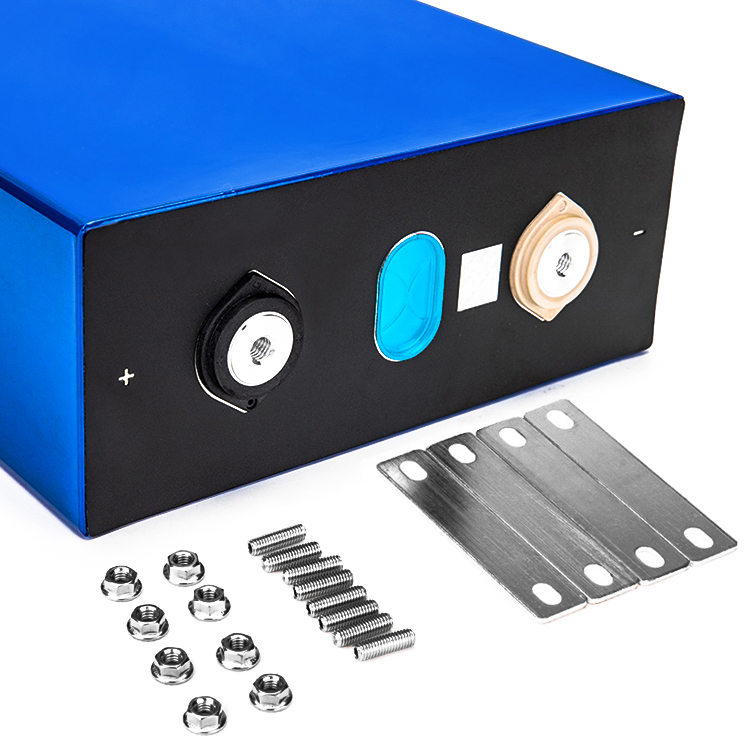

The hardware logical structure of the energy storage management system is different
Energy storage lithium battery energy storage management system: The energy storage system has a large scale, and the hardware generally adopts a two-layer or three-layer mode. Larger scale systems tend to have a three-layer management system.
Power lithium battery energy storage management system: The power battery system is located in high-speed electric vehicles, and has higher requirements for the power response speed and power characteristics of the battery, SOC estimation accuracy, and the number of state parameter calculations. There is only one centralized or two distributed layer, and there is basically no situation of three layers. Small cars mainly use a centralized battery management system with one layer, but there are currently few two-layer distributed power battery management systems.
Different types of lithium batteries are used
Lithium iron phosphate batteries are mainly used for energy storage, as they outperform other batteries in terms of safety, environmental protection, volume, and weight. In some energy storage stations, lead-acid batteries and lead-carbon batteries are also used.
The current mainstream battery types for power lithium-ion electric vehicles are lithium iron phosphate batteries and ternary lithium batteries, which have more selectivity and are not very stable in terms of safety.
Different requirements for capacity and volume
Energy storage lithium batteries are mainly used for power supply and are required to output high power. Lithium battery pack is small in size and lightweight. The energy density of lithium batteries is 3-4 times that of lead-acid batteries, 2.5 times that of nickel cadmium batteries, and 1.8 times that of nickel hydrogen batteries.
Power lithium batteries are mainly used for energy storage, with high capacity requirements, long service life requirements, and low self discharge. The capacity of electric tool batteries is not large and does not require high power output.
The range of current usage is different
Power lithium batteries are generally used in equipment that require high current discharge (3-5 ° C) and have relatively little damage to the battery. Energy storage lithium batteries are used in small current devices (usually within the discharge range of 0.5-1C), where C refers to the charge discharge rate, which is a measure of the speed of discharge. The capacity of a battery can generally be measured by different discharge currents. For example, when a battery with a capacity of 100Ah is discharged at 15A, its discharge rate is 0.15C.

Popular recommendation
Nickel Hydride No. 5 battery.Breakthrough in the synthesis of Wanxiang ternary high-nickel single cr
2023-10-08Dry Battery!The balanced working principle of lithium iron battery protection chip and lithium batte
2023-10-08Nickel Metal Hydride No. 5 battery.Key technologies related to high-temperature nickel-metal hydride
2023-10-08AG8 battery!Safety "core" is the foundation. Interpretation of Euler battery core technolo
2023-10-08LR721 battery.Battery technology is still difficult to break through
2023-10-14battery 18650 rechargeable.A major breakthrough in solid-state batteries! The energy density is four
2023-10-08alkaline battery!New energy battery technology solid state battery
2023-10-08LR03 battery!Can BYD's hybrid technology rival Toyota's?
2023-10-0836v 7.5ah lithium ion battery pack.Analysis of the weaknesses of 18650 lithium battery technology
2023-10-08CR2032 button cell.Hydrogen fuel cells may become an important technical route for new energy vehicl
2023-10-08CR2450 battery.Commonly used filament preheating circuits for fluorescent lamps
2023-10-08CR3032 battery.Research on new rectifier power supply for DC electric arc furnace
2023-10-08